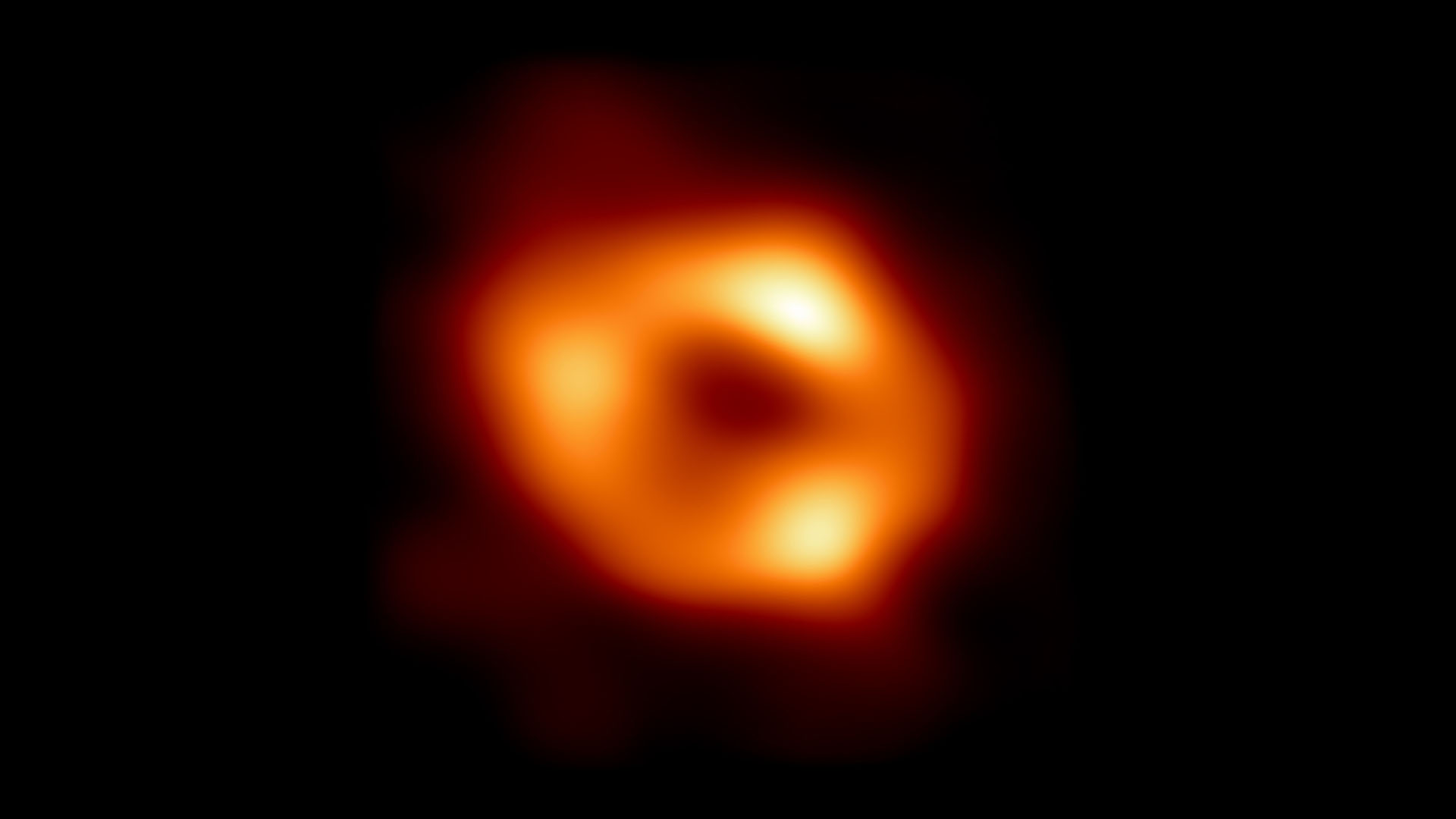Foods, Vol. 12, Pages 1503: Characterization of the Biofilms Formed by Histamine-Producing Lentilactobacillus parabuchneri Strains in the Dairy Environment
Foods doi: 10.3390/foods12071503
Authors: Agustina Sarquis Diellza Bajrami Boris Mizaikoff Victor Ladero Miguel A. Alvarez Maria Fernandez
Lentilactobacillus parabuchneri, a lactic acid bacterium, is largely responsible for the production and accumulation of histamine, a toxic biogenic amine, in cheese. L. parabuchneri strains can form biofilms on the surface of industry equipment. Since they are resistant to cleaning and disinfection, they may act as reservoirs of histamine-producing contaminants in cheese. The aim of this study was to investigate the biofilm-producing capacity of L. parabuchneri strains. Using the crystal violet technique, the strains were first categorized as weak, moderate or strong biofilm producers. Analysis of their biofilm matrices revealed them to be mainly composed of proteins. Two strains of each category were then selected to analyze the influence on the biofilm-forming capacity of temperature, pH, carbon source, NaCl concentration and surface material (i.e., focusing on those used in the dairy industry). In general, low temperature (8 °C), high NaCl concentrations (2–3% w/v) and neutral pH (pH 6) prevented biofilm formation. All strains were found to adhere easily to beech wood. These findings increase knowledge of the biofilm-forming capacity of histamine-producing L. parabuchneri strains and how their formation may be prevented for improving food safety.

 1 year ago
48
1 year ago
48

